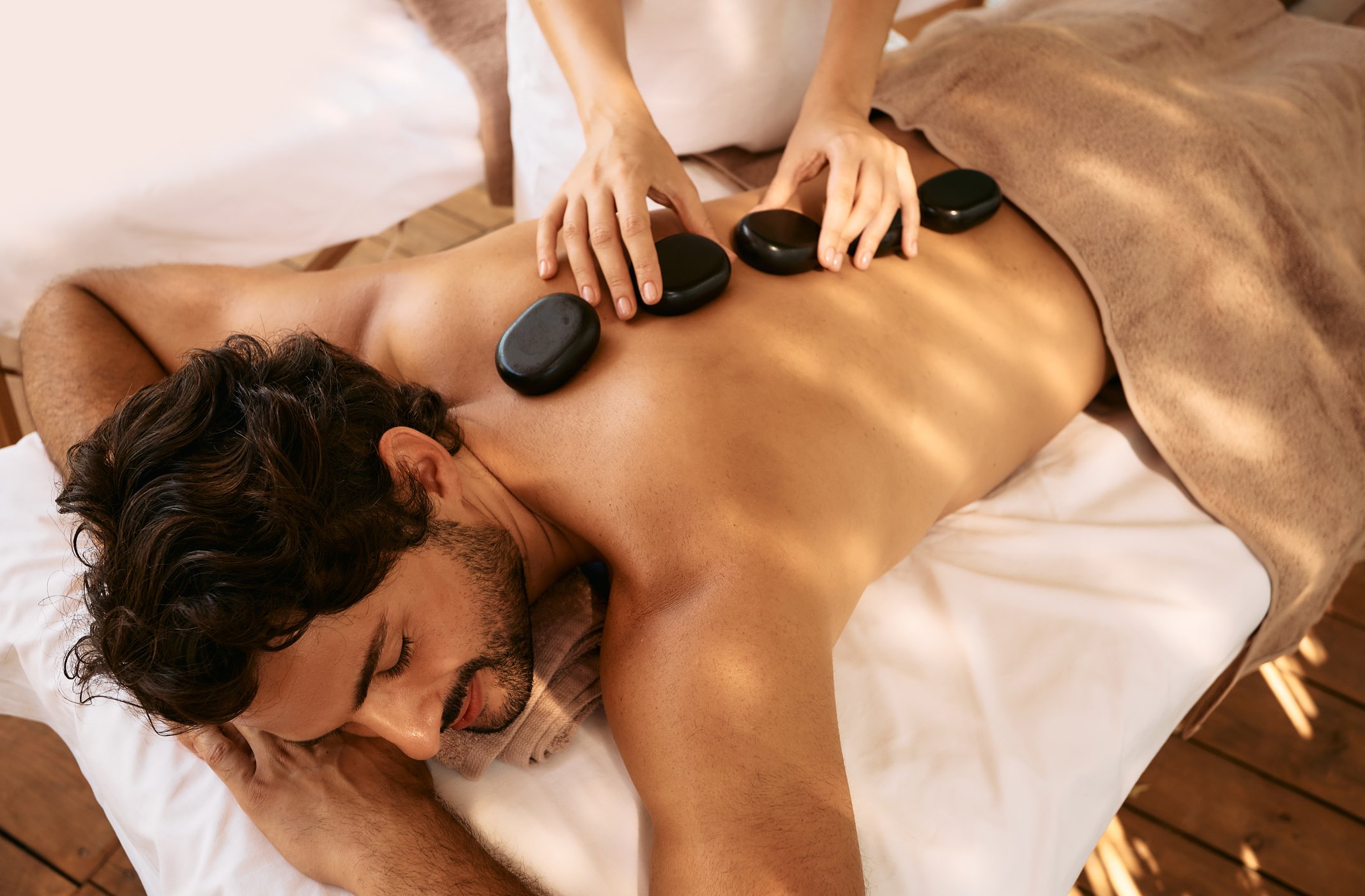
Massage therapy has long been recognized for its ability to alleviate stress, reduce muscle tension, and promote overall well-being. However, not all massages are the same — many cultures have developed their own unique styles of bodywork, blending traditional healing techniques with modern therapeutic practices. Latin massages, a lesser-known yet highly effective category of massage therapy, incorporate a fusion of techniques from Latin American cultures, including influences from indigenous healing methods, Spanish and Portuguese massage traditions, and African-inspired bodywork practices. More than just a way to relax, Latin massages offer other potential health benefits. By stimulating circulation, easing muscle tension, and promoting relaxation, they can have both immediate and long-term positive effects on the body and mind. Whether you're looking to reduce stress, recover from an injury, or simply experience a rejuvenating therapy, a Latin massage might be the perfect addition to your self-care routine. This article will explore what Latin massages entail, their key health benefits, and the techniques that make them so effective.
What Is a Latin Massage?
A Latin massage is a broad term that refers to massage techniques influenced by Latin American traditions. These massages blend indigenous healing practices with European and Asian influences, creating a unique and effective form of body therapy. Unlike traditional Western-style massages, Latin massages often incorporate more dynamic and rhythmic movements, which can range from gentle strokes to deep tissue pressure.
One defining characteristic of Latin massages is the use of rhythm and movement. Practitioners frequently employ flowing, wave-like strokes, which help stimulate circulation and release deeply stored muscle tension. Some techniques may also involve percussive tapping, which is believed to invigorate the body and enhance overall energy flow.
In certain regions, Latin massages are deeply tied to spiritual and holistic healing practices. For example, some Mexican massage traditions integrate temazcal (a form of steam therapy) or herbal-infused oils to enhance relaxation and detoxification. In Brazil, capoeira-inspired movement therapy may be incorporated into some bodywork practices to improve flexibility and balance. These elements make Latin massages unique compared to other forms of massage therapy.
Health Benefits of Latin Massages
There are a number of reported benefits of Latin massage that people may experience. One of the most notable potential benefits of Latin massages is their ability to reduce stress and promote relaxation. The rhythmic strokes and deep pressure techniques may help lower cortisol levels (the stress hormone), inducing a state of calm and balance. This can be particularly beneficial for people who are dealing with high levels of stress, anxiety, or insomnia.
Latin massages can also stimulate blood flow, which enhances oxygenation and nutrient delivery to the muscles and tissues. Improved circulation can aid in reducing muscle stiffness, alleviating joint pain, and supporting the body's natural healing processes.
For people who experience chronic pain or who are recovering from physical exertion, Latin massages can be beneficial. The deep tissue techniques used in these massages target tight muscles and trigger points, which can help release knots and reduce pain associated with muscle tension. Many athletes incorporate massage therapy into their training to enhance muscle recovery and flexibility.
Many Latin massage traditions incorporate holistic healing principles that encourage mindfulness and body awareness. The focus on breathwork, movement, and energy flow can help recipients feel more connected to their bodies, promoting long-term physical and emotional well-being.
Techniques Used in Latin Massages
Latin massages utilize a variety of techniques, depending on the specific cultural influences and the therapist’s expertise. Some of the more common techniques include:
- Rhythmic Tapping & Drumming: Light percussion movements stimulate energy flow and awaken the body.
- Deep Tissue Pressure: Targeting deep muscle layers can release knots and tension.
- Stretching Techniques: Increased flexibility and improved joint mobility are potential results.
- Use of Essential Oils: Infused oils like eucalyptus, lavender, or arnica enhance relaxation and healing.
- Wave-Like Strokes: Continuous, flowing movements may stimulate circulation and provide a soothing effect.
Latin massages offer more than just relaxation — they provide a comprehensive healing experience that supports both physical and emotional well-being. With their unique blend of rhythmic movements, deep tissue techniques, and holistic elements, they can be a fantastic choice for anyone looking to reduce stress, improve circulation, and relieve muscle tension.
Whether you’re an athlete in need of recovery, someone experiencing daily stress, or simply curious about experiencing a massage with Latin American influences, this form of therapy can be a valuable addition to your self-care routine. By understanding the techniques and benefits, you can make an informed decision and enjoy the rejuvenating effects of Latin massage.

